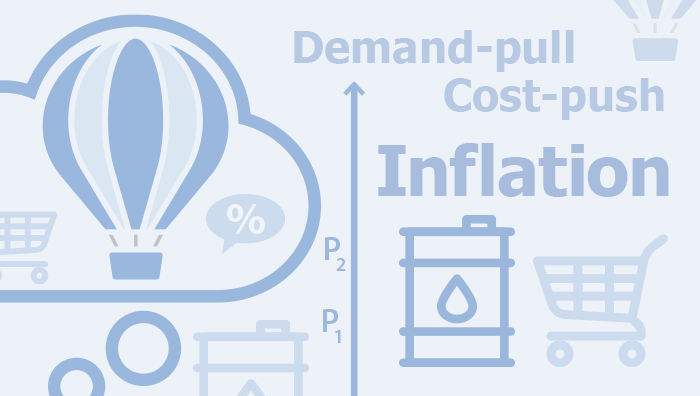September 2022
- Download the complete Bulletin 8.7MB

The Reserve Bank's Liaison Program Turns 21
In 2001, the Reserve Bank established its liaison program – a formal program of economic intelligence gathering, through which Bank staff meet frequently with firms, industry bodies, government agencies and community organisations. The program is systematic in its approach to collecting and assessing information, and the intelligence obtained is a useful complement to published sources of data and economic models in informing the Bank's assessment of economic conditions. In addition, the information gathered is available in near real time, making it useful for ‘nowcasting’ and understanding the implications of short-term shocks to the economy. This article looks at the process of liaison, the nature of the information collected and how it has been used over its 21 years of operation.

The Current Climate for Small Business Finance
Economic conditions for small and medium enterprises (SMEs) have been relatively strong since the second half of 2021, and demand for business finance is high. However, the environment remains challenging and uncertain, and interest rates on loans for SMEs are rising from historical lows. Small businesses continue to report that accessing funding through banks is a challenge, although new lenders and products are providing alternative sources of finance. The article considers these recent developments, drawing in particular on the discussions of the Small Business Finance Advisory Panel, which met in July this year.

The Cost of Card Payments for Merchants
The average cost for a merchant to accept a card payment has declined over recent years. However, consumers are making more payments with cards than ever before, which is raising total payment costs for merchants. Smaller merchants also face notably higher card payment costs per transaction than larger merchants. To strengthen competition and help reduce the cost of accepting card payments, the Reserve Bank wants all merchants to be able to choose which card network is used to process debit transactions – a functionality known as least-cost routing (LCR). While considerable progress has been made, the payments industry has more work to do to provide and promote LCR. The Bank is taking further action to ensure that LCR will be available for all merchants.

Trends in Australian Banks' Bond Issuance
Bonds account for around 10 per cent of Australian banks' funding, and bonds issued by banks account for about half of the non-government bond market. The Australian bank bond market is primarily driven by the five largest banks, which issue most of the banks' bonds. This article explores trends in Australian banks' senior unsecured bond issuance since the global financial crisis. The COVID-19 pandemic, and the policies implemented in response, significantly influenced bank bond issuance. In particular, banks' bond issuance declined for a period as they accessed funds through the Reserve Bank's Term Funding Facility; however, issuance has increased recently as the economy has recovered from the initial phase of the pandemic.

Sentiment, Uncertainty and Households' Inflation Expectations
High inflation expectations can have significant consequences for the economy as a whole, and can become self-reinforcing. It is therefore noteworthy that inflation expectations of Australian households are persistently higher than actual inflation. This is partly because when consumers are more uncertain about the economy, they tend to report their inflation expectations in round multiples of 5 per cent, which is higher than inflation has averaged over recent decades. In addition, there is a negative relationship between consumer sentiment and inflation expectations. This article examines the relationship between sentiment, uncertainty and households' inflation expectations in Australia, and considers how this uncertainty might be addressed. It suggests that targeted and clear communication about inflation can help to reduce uncertainty and provide consumers with a better understanding of the path of future inflation.

Wage-price Dynamics in a High-inflation Environment: The International Evidence
Headline inflation is at multi-decade highs in most advanced economies, reflecting a confluence of factors. Wages growth has also increased, but not to the same extent. This article examines the risk that a wage-price spiral could emerge in these economies by looking at historical experience and the various factors that could make a spiral more likely. It finds that the current episode has many differences to the 1970s, when a wage-price spiral did emerge. Central banks are now focused on ensuring inflation remains low, medium-term inflation expectations remain anchored and structural changes in the labour market reduce the likelihood that wages and inflation chase each other. Nonetheless, authorities need to be mindful of the risk of a wage-price spiral.

Evolving Financial Stress in China's Property Development Sector
Financial stress in China's property development sector has attracted significant attention because it may have systemic consequences for financial stability in the broader Chinese economy. Though China Evergrande Group, one of the country's largest and most leveraged property developers, has received a considerable share of this attention, risks in the sector were building for some time prior to Evergrande's default in 2021. This article reviews contributing factors to the sector's financial fragility and explores the characteristics of the financial stress faced by major developers. It also considers some likely consequences of this fragility for the Chinese property development sector and beyond.
Some graphs in this publication were generated using Mathematica.
ISSN 1837-7211
